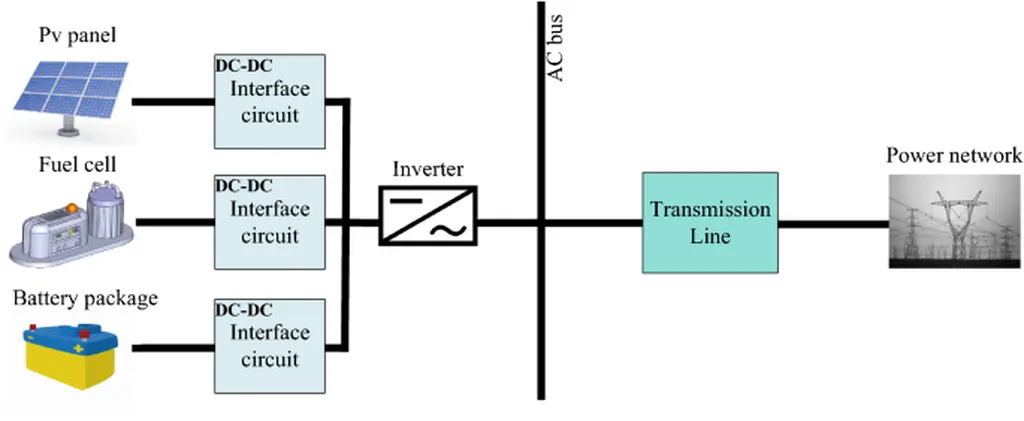In the rapidly evolving landscape of interconnected systems, the ability to predict and diagnose faults is becoming increasingly crucial. As industries embrace the era of smart grids and automated manufacturing, the complexity of these systems grows, making traditional fault detection methods obsolete. Enter deep learning, a technology that is revolutionizing predictive maintenance and fault diagnosis, particularly in the energy sector.
At the forefront of this technological shift is Nawel Said, a researcher from the LATIS Laboratory at the National Engineering School of Sousse (ENISO), part of the University of Sousse in Tunisia. Said’s recent work, published in the journal Applied Sciences, titled “Deep Learning Techniques for Fault Diagnosis in Interconnected Systems: A Comprehensive Review and Future Directions,” offers a deep dive into how advanced learning methods can enhance fault detection and system reliability.
The energy sector, with its vast networks of power grids, renewable energy sources, and automated systems, stands to benefit immensely from these advancements. “As systems become more interconnected, the data we collect from sensors, operational variables, and environmental factors become increasingly heterogeneous,” Said explains. “Deep learning techniques are uniquely suited to process and aggregate this disparate data, leading to higher diagnostic accuracy and more efficient predictive maintenance.”
The integration of deep learning, transfer learning, and hybrid models allows for the seamless fusion of data from various sources. This multimodal approach not only improves fault detection but also enhances the overall reliability of interconnected systems. For energy companies, this means reduced downtime, lower maintenance costs, and a more resilient infrastructure.
One of the most compelling aspects of Said’s research is its potential application in real-time fault detection. In the energy sector, where even a momentary disruption can have significant consequences, the ability to detect and address faults in real-time is invaluable. “Emerging research areas, such as real-time fault detection and innovative data fusion processes, are paving the way for more robust and reliable systems,” Said notes. “These advancements are particularly relevant in power grids, manufacturing, and automation sectors.”
The implications for the energy sector are vast. As renewable energy sources like solar and wind become more prevalent, the need for reliable and efficient fault detection becomes even more critical. Deep learning techniques can help ensure that these systems operate at peak efficiency, reducing the risk of outages and maximizing energy output.
Moreover, the application of these technologies in manufacturing and automation can lead to significant cost savings and improved productivity. By predicting and addressing faults before they occur, companies can avoid costly repairs and minimize downtime, leading to a more efficient and profitable operation.
As the energy sector continues to evolve, the role of deep learning in fault diagnosis and predictive maintenance will only become more important. Said’s research, published in the journal Applied Sciences, serves as a valuable resource for both researchers and practitioners, highlighting the significant potential of multimodal learning in advancing fault diagnosis and predictive maintenance within increasingly interconnected and complex systems.
The future of fault diagnosis in interconnected systems is bright, and deep learning is at the heart of this revolution. As industries continue to embrace smart technologies, the insights provided by researchers like Nawel Said will be instrumental in shaping a more reliable and efficient future.

